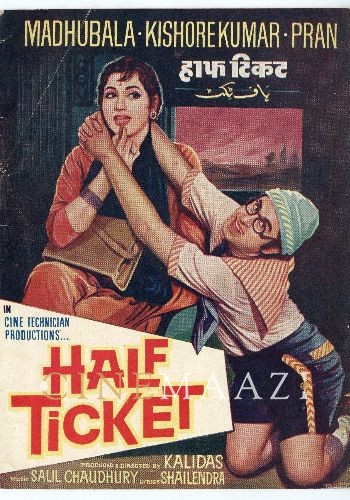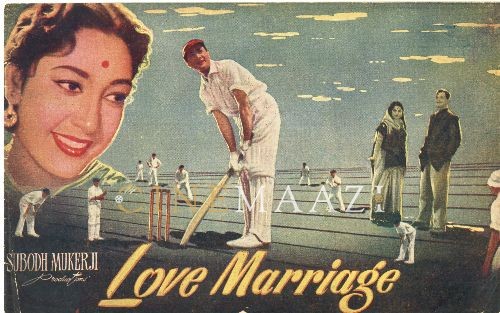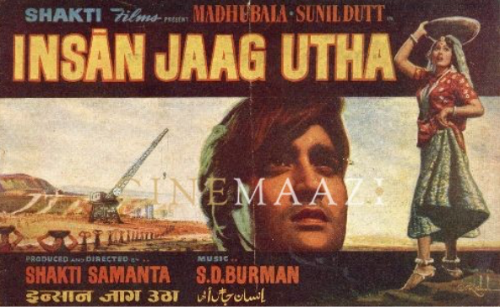Sailen Bose
Subscribe to read full article
This section is for paid subscribers only. Our subscription is only $37/- for one full year.
You get unlimited access to all paid section and features on the website with this subscription.
Not ready for a full subscription?
You can access this article for $2 , and have it saved to your account for one year.
- Primary Cinema: Hindi
Sailen Bose, the cinematographer turned actor, has left an indelible mark on early Indian cinema. He worked in the British Dominion Films studio that was based in Dumdum, Calcutta in 1929 during the silent era. The board of directors of the studio included P C Barua and the financial aspect of the studio was overlooked by Dhiren Ganguly. Unfortunately, the studio that was set up in 1929 could only make eight films and shut down in 1930 due to the transition to sound. He started out as a cinematographer in Debaki Bose’s Sonar Sansar/ Sunehra Sansar (1936). He worked in the capacity of a cinematographer in films such as Milap (1937), Seva Sadan (1938), Raithu Bidda (1939), and Dard (1947). He worked as the cinematographer in the Tamil film Malaikallan (1954), which was directed by S M Sriramulu Naidu.
He later took up the opportunity to act on screen. In 1949, he started his acting career with Namoona, starring Dev Anand, Kamini Kaushal, and Leela Chitnis. He was part of Bimal Roy’s Parineeta (1953) which starred Ashok Kumar and Meena Kumari. Bose worked with other major filmmakers as an actor such as Subodh Mukherjee in Paying Guest (1957), Gyan Mukherjee in Sardar (1955), Asit Sen in Apradhi Kaun? (1957), Raj Khosla in Bombai Ka Babu (1960) and Shakti Samanta in Howrah Bridge (1958).
He believed in projects that had a message for society and often chose to act in socials such as Sardar, Sitaron Se Aagey (1958), etc. In his career, he acted alongside stars such as Mala Sinha, Madhubala, Nutan, Sunil Dutt, Leela Naidu, and Balraj Sahni. His last film Half Ticket (1962) was released posthumously.
-
Filmography (33)
SortRole
-

Half Ticket 1962
-

Jaali Note 1960
-

Anuradha 1960
-

Bombai Ka Babu 1960
-
Maasoom 1960
-

Jaal Saz 1959
-

Heera Moti 1959
-

Sujata 1959
-

Love Marriage 1959
-

Insan Jaag Utha 1959
-

Madhu 1959
-

Howrah Bridge 1958
-








.jpg)



